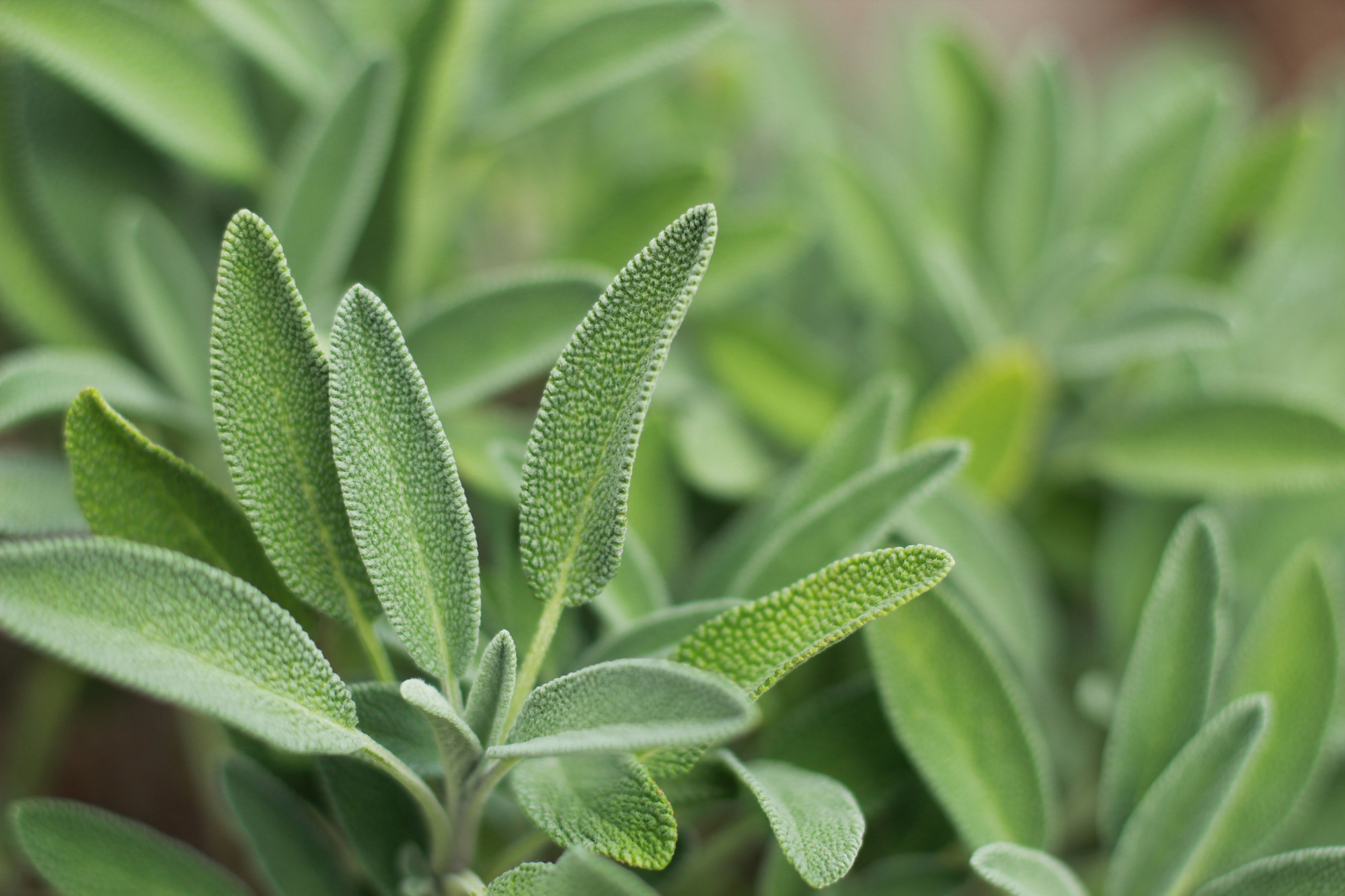Sage
Sage, with its earthy fragrance and soft, velvety leaves, is a cornerstone herb in many culinary repertoires. Revered not just for its aromatic presence, sage brings depth and complexity to dishes. From the festive roast tables of North America to the rustic kitchens of the Mediterranean, sage has earned its esteemed place, and in Alberta, it's no different.

More on Sage
About
Culinary sage, scientifically known as Salvia officinalis, is a perennial herb boasting grey-green leaves that carry a slightly peppery, piney flavour with a hint of lemon. Native to the Mediterranean, sage belongs to the mint family and is identifiable by its lance-shaped leaves and woody stems. The herb's resilience makes it a garden favourite; it can withstand diverse climates and even thrives in Alberta's varied weather conditions.
History
Historically, sage has been held in high regard not just for its culinary attributes but also for its supposed medicinal properties. Ancient Romans revered it for its healing qualities, while during the Middle Ages, it was believed to possess various curative properties. Its culinary journey has seen it integrated into European, Middle Eastern, and North American dishes. In Alberta, as immigrant populations introduced diverse culinary traditions and local produce gained emphasis, sage became both a backyard garden staple and a beloved kitchen herb.
Ways To Cook
The warm, musky flavour of sage makes it ideal for a wide range of dishes. It pairs beautifully with fatty meats; crispy sage leaves on roast pork or duck can elevate the dish's richness. Sage-butter sauce drizzled over gnocchi or pasta is a simple yet indulgent treat. In stuffings or dressings, particularly those paired with turkey, sage is often a star ingredient. It can also be fried as a garnish or incorporated into creamy sauces and soups. In Alberta, during the fall harvest season, sage often finds its way into hearty stews, roasted vegetable dishes, and as an aromatic for grilling meats. A word of caution: sage has a robust flavour, so a little goes a long way in recipes.
